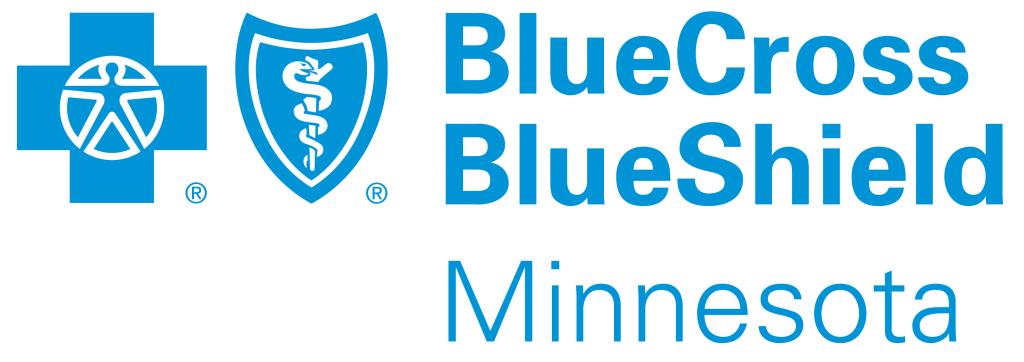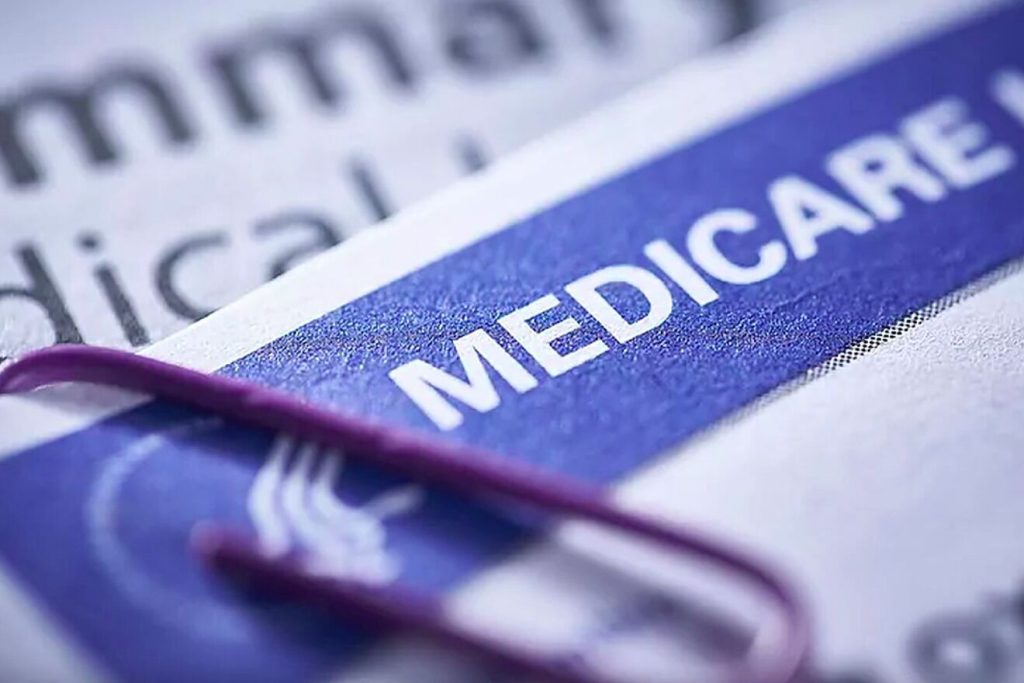Understanding the terms in your health plan can be challenging. To help make sense of it, here’s a quick rundown of some common terms that you may see.
Annual deductible
The amount you must pay for healthcare or prescriptions before the plan begins to pay.
Annual out-of-pocket maximum
The most you could pay in one plan year for covered medical services and supplies.
Initial coverage stage*
During the initial coverage stage after any deductible has been met, the plan pays its share of the cost of your covered prescription drugs and you pay your share (either a copay or coinsurance).
Coverage gap stage*
You may have to pay a different amount after your total yearly retail costs reach $4,660 for covered prescription drugs. Your share of the cost of your drugs will increase to 25 percent coinsurance for both generic and brand drugs. This stage ends when your out- of-pocket costs reach $7,400, including what you paid for your deductible, your share in the initial coverage stage, and your share in the coverage gap stage.
Catastrophic coverage stage*
If you reach this stage, your plan will cover most of the costs of your covered drugs for the rest of the year. This happens if your total out-of-pocket costs for prescription drugs reaches $7,400, not including premiums.
The dollar amounts/limits for each coverage stage can change and usually do each year. This dollar amount is determined by the Centers for Medicare & Medicaid Services (CMS).
Cost-sharing
This refers to when you pay your deductible and start “sharing” the cost with your plan. You pay either a co-insurance or a co-pay and your health or drug plan pays the rest of the cost.
Coinsurance
An amount — usually a percentage —you might be required to pay as your share of the cost for services after you pay any deductibles.
Copay
A fixed amount you might be required to pay as your share of the cost for a medical service or supply, such as a doctor’s visit, hospital outpatient visit, or prescription drug.
Evidence of Coverage (EOC)
A document that describes the health care benefits covered by your health plan.
Explanation of Benefits (EOB)
This statement is not a bill. It shows an itemized list of plan coverage and member responsibility after using your benefits.
Group number
The number on your member ID card assigned by your health plan. You will need this number when registering for your online member account.
Medicaid
A joint federal and state program that helps with medical costs for some people with limited income and resources. Most healthcare costs are covered if you qualify for both Medicare and Medicaid, but Medicaid Programs vary from state to state.
Part A
Part A is the Original Medicare coverage for inpatient hospital services, including hospice and home healthcare.
Part B
Part B is the part of Original Medicare that provides coverage and benefits for outpatient and preventive care, and other services.
Part C
Part C is offered through a private insurance company, combining Part A and Part B, and sometimes Part D.
Part D
Also called Prescription Drug Plan, Part D, provides prescription drug coverage and can be purchased as a stand alone plan or part of a Medicare Plan.
Premium
The scheduled monthly payment for a plan.
Provider network
Recommended healthcare providers that are part of your plan (in-network), and will be less expensive for you to see. Seeing a healthcare provider outside your provider network will be more expensive and possibly not covered by your plan.
Prescription drug formulary
A list of prescription drugs covered by the plan. Formularies are approved by the federal government and may have different tiers of drugs that are covered.
Prior authorization
For certain procedures or prescriptions, your insurer needs to be aware beforehand to ensure you are getting the proper care and that it will be covered under your plan.
Keeping track of multiple medications can be tricky. A medication Therapy Management appointment with your pharmacist can help. The pharmacist will coordinate with your doctor to make sure you aren’t taking drugs that shouldn’t be taken together, that side effects are managed and that you get any medication questions answered.
*For those with a Blue Cross Part D drug plan.


